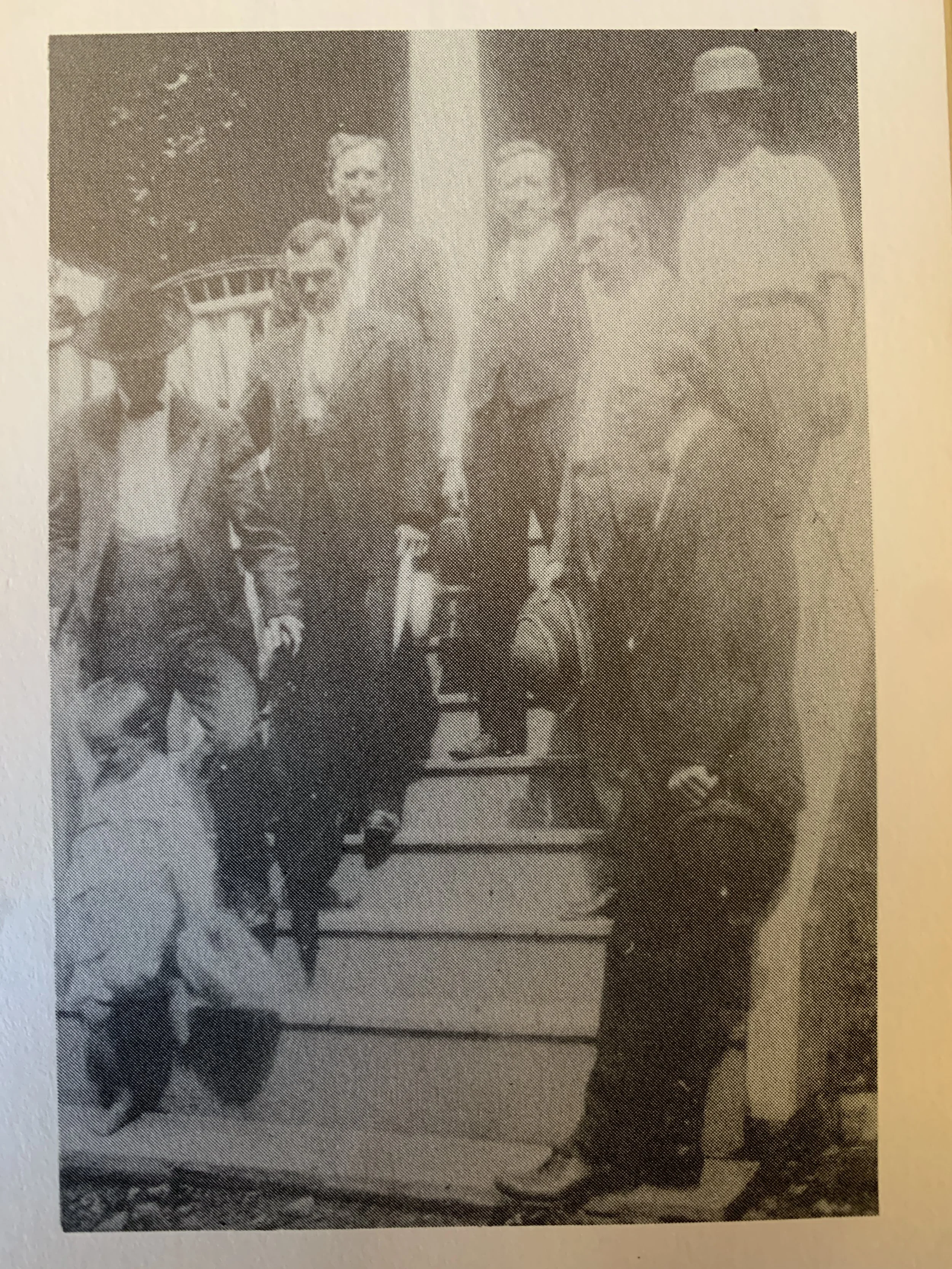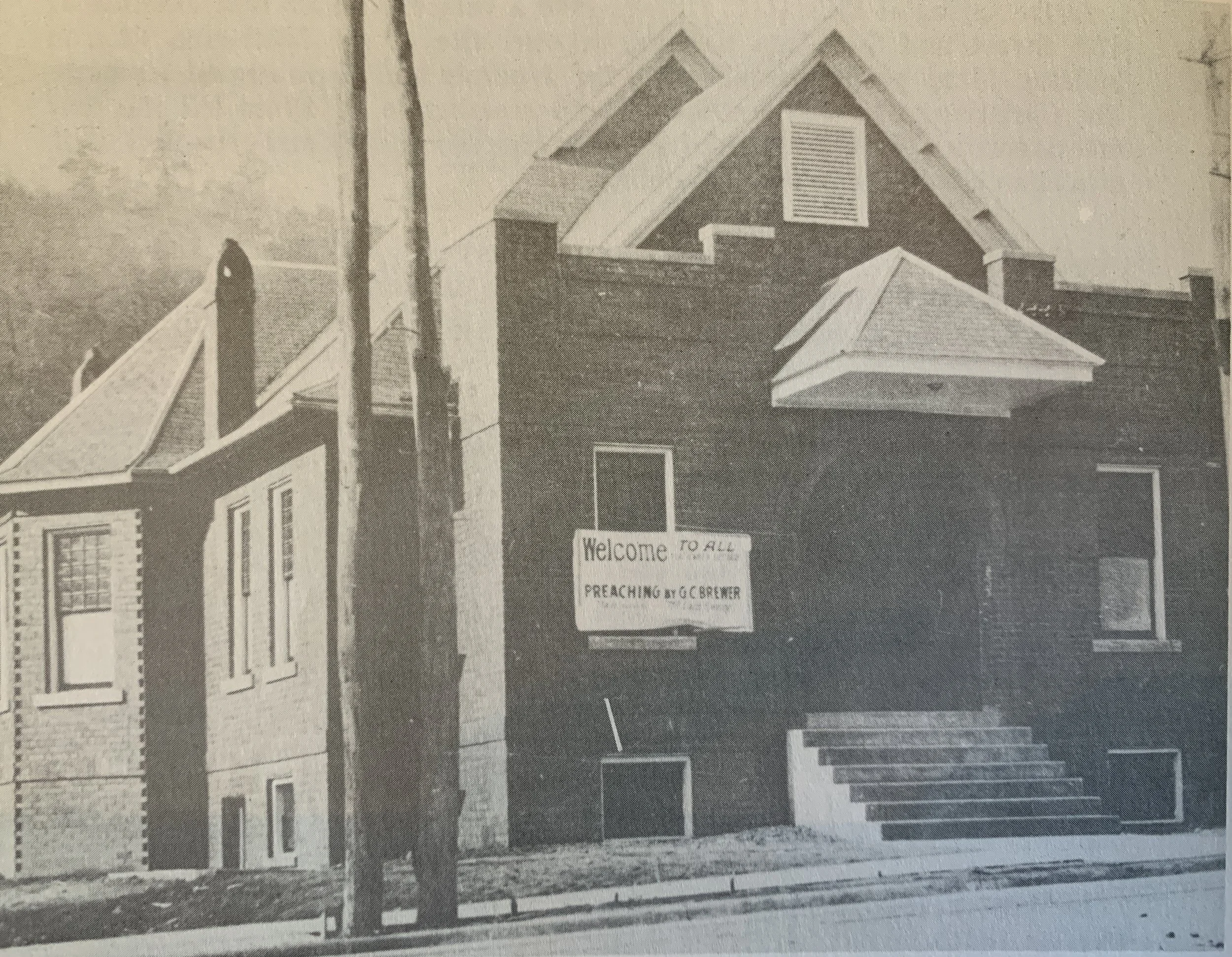Our History: Roots of the Restoration Movement in Chattanooga
The Restoration Movement reached Chattanooga, TN in the late 1800s. The first New Testament church in the city was established in 1871 by believers seeking to follow the Bible alone, without human traditions.
One of the earliest congregations, Walnut Street Christian Church, was formed downtown in the 1880s. However, disagreements arose over innovations like the use of missionary societies and instrumental music in worship. In response, a group led by E. A. Elam left to form a new congregation dedicated to restoring simple New Testament Christianity.
In 1889, they built a meeting place at 2112 Cowart Street and adopted the name “Cowart Street Church of Christ”—the first church in the area to carry that name. Their commitment helped shape many other congregations in Chattanooga, including what would later become the St. Elmo Church of Christ.
Founders: From Left to Right:
Bert Fridell, Roy Simpson, Will Case, L. Hayde Payne, Roland Harbin, Oscar Crisman, and John Yates.
St. Elmo Church of Christ in 1914
History of the St. Elmo Church of Christ
The St. Elmo Church of Christ has served the Chattanooga community since 1913, beginning with a small group of Christians who met in homes and town halls, desiring a congregation in their own neighborhood. Inspired by a gospel tent meeting led by G. C. Brewer, they quickly raised funds and built a simple church building, which opened on March 1, 1914.
From the beginning, the church emphasized biblical teaching, heartfelt worship, and close fellowship. Over the years, St. Elmo grew—remodeling facilities, adding education space, and supporting youth programs. Members played a vital role in helping establish Boyd-Buchanan School and the Greater Chattanooga Christian Services, which includes children’s homes and elder care.
Through gospel meetings, radio ministry, and community outreach, the church has remained active in sharing Christ and serving others. Multiple generations of families continue to worship and grow here, with some tracing their roots back five generations.
In 1982, the church building was added to the National Register of Historic Places, a testimony to the enduring faith and sacrifice of those who came before us. As we worship today, we are reminded of their legacy—and committed to carrying the torch forward with the same devotion to God's Word and His people.
“To us, from falling hands they pass the torch; be ours to hold it high.”



